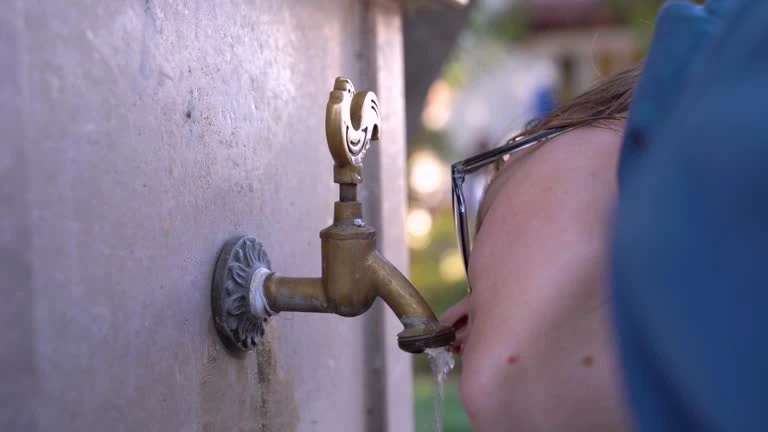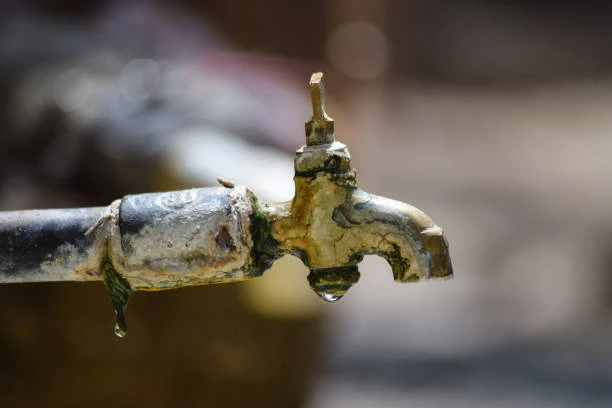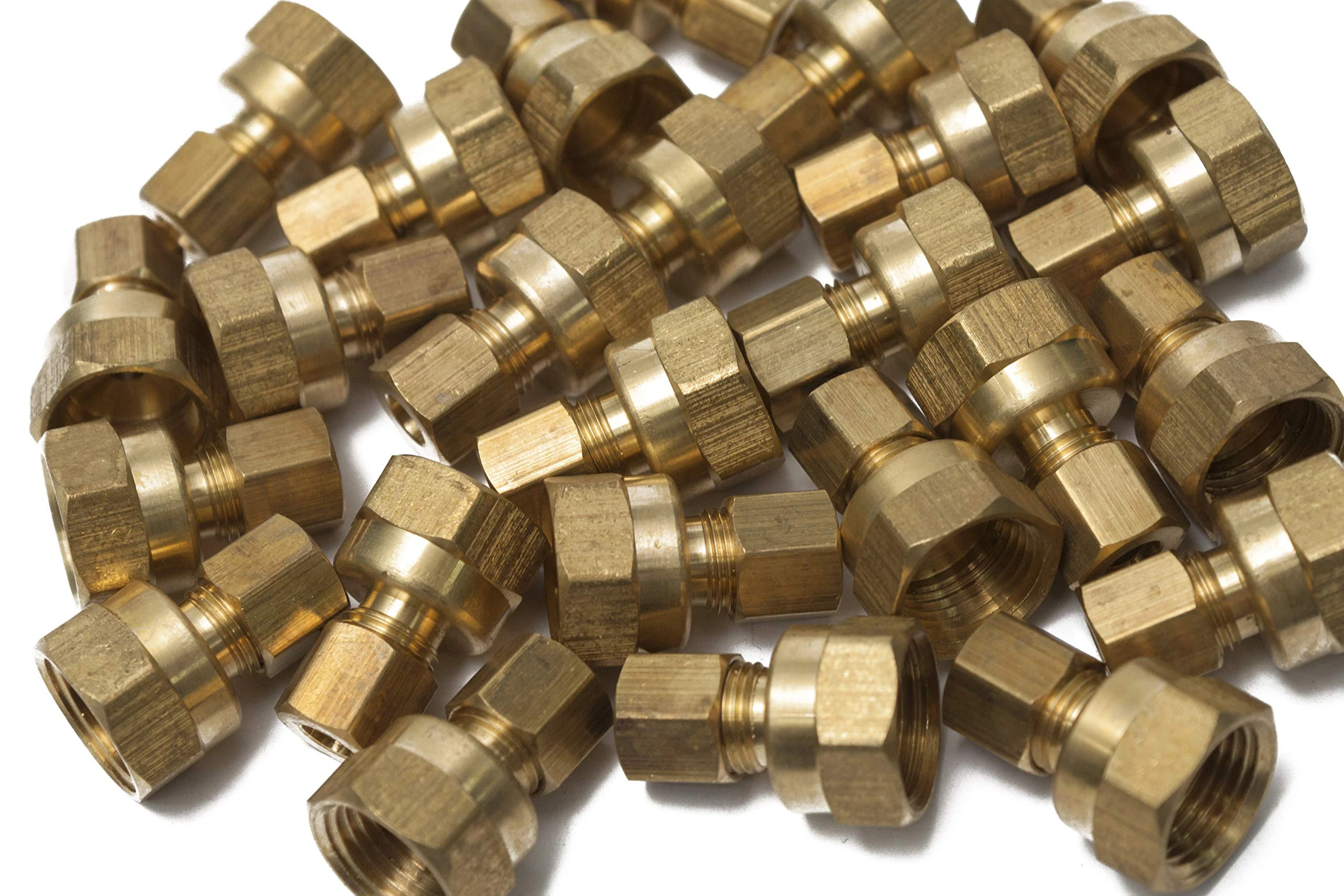Outdoor spigots, also known as hose bibs, faucets, or garden faucets, are essential fixtures for homeowners. They allow easy access to water for gardening, car washing, and other outdoor tasks. However, in regions where the temperatures drop below freezing during the winter, outdoor spigots are vulnerable to freezing, which can lead to cracked pipes, water leaks, and costly repairs. Protecting outdoor spigots from freezing should be a priority to avoid these issues.
In this article, we will discuss practical steps you can take to prevent outdoor spigots from freezing. We’ll walk you through the best preventive measures, including both basic and more advanced methods, so you can ensure your outdoor plumbing is protected through the colder months.
Why Do Outdoor Spigots Freeze?
Outdoor spigots freeze because they are exposed to the cold air, which causes the water inside them or the pipes leading to them to freeze. When water freezes, it expands, which can put tremendous pressure on pipes. In confined spaces like faucets or pipes, the expansion can cause cracks or even burst pipes, leading to leaks once the ice thaws.
If an outdoor spigot is left unprotected, it may freeze overnight when temperatures dip below freezing (32°F or 0°C). The consequences of a frozen outdoor spigot include:
- Cracked spigots: The faucet itself may crack or break, leading to water leaks.
- Burst pipes: If the water inside the connecting pipes freezes, it can cause them to crack, creating a significant risk of flooding.
- Damage to the surrounding area: If a pipe bursts inside a wall or underground, it can result in significant water damage to your property.
How to Stop Outdoor Spigots from Freezing: A Step-by-Step Guide
1. Turn Off the Water Supply to Outdoor Spigots
One of the most effective ways to prevent outdoor spigots from freezing is to turn off the water supply to the spigot. Most homes have an interior valve that controls water to the outdoor faucets. By shutting off this valve, you stop water from flowing to the spigot, which means there’s nothing in the faucet or pipes to freeze.
To turn off the water supply:
- Locate the shut-off valve: This valve is usually located inside your house in the basement, crawl space, or utility room, close to where the pipe exits the house.
- Close the valve: Turn the valve clockwise to close it, stopping the flow of water to the outdoor spigot.
- Open the outdoor spigot: Once the water supply is turned off, open the outdoor spigot to drain any remaining water in the faucet or pipe. Leave the faucet open to allow any residual water to drain fully and to ensure air can circulate, which helps prevent freezing.

2. Install a Frost-Proof Spigot
Frost-proof spigots are designed to protect against freezing. These faucets have a long stem that extends deep inside the house, where the temperature is warmer. This design keeps the valve mechanism inside the house, far from the freezing temperatures outside.
With a frost-proof spigot:
- Water drains back inside: When you turn off the faucet, any remaining water in the spigot drains back into the warmer interior of the home, preventing the water from freezing in the faucet or pipe.
- Temperature protection: The valve is protected from freezing because it’s placed inside the house, well away from the cold air.
If your home is in an area with harsh winters, replacing standard spigots with frost-proof spigots can be a great investment.
3. Use Insulated Faucet Covers
Insulated faucet covers are inexpensive and easy to use. They provide an additional layer of protection by shielding the outdoor spigot from the cold. These covers are made from foam or other insulating materials that trap heat and keep the faucet at a more stable temperature.
To use an insulated cover:
- Purchase the right size: Choose a cover that fits your faucet snugly, as loose covers won’t be as effective in preventing freezing.
- Install the cover: Simply slip the cover over the faucet and secure it with the fastening straps or Velcro, which are usually included with the cover.
- Ensure full coverage: The cover should completely surround the spigot and any exposed pipes. This extra insulation can help reduce the chance of freezing in moderately cold climates.
4. Insulate Exposed Pipes
If the pipes leading to your outdoor spigots are exposed to the cold, they are at risk of freezing. Insulating these pipes can help keep them warm enough to prevent freezing during the colder months. You can buy foam pipe insulation, which is easy to apply and can be found at most hardware stores.
To insulate pipes:
- Wrap the pipes: Use foam pipe insulation to cover all exposed outdoor pipes. Make sure there are no gaps or spaces between the insulation pieces.
- Use heat tape: For pipes in extremely cold areas, consider using heat tape or a heated cable to ensure the pipes stay above freezing temperatures.
- Protect underground pipes: If you have outdoor pipes that run underground, consider adding extra layers of insulation or burying the pipes deeper, where the ground temperature remains warmer.
5. Disconnect Hoses and Drain Them
Many homeowners forget to disconnect garden hoses from outdoor spigots, but leaving a hose attached can cause water to freeze inside both the hose and the faucet. The water trapped in the hose can cause the faucet to freeze, and when the hose is left attached, water trapped in the hose can exert pressure on the faucet, leading to damage.
To protect your spigot:
- Disconnect the hose: Always disconnect the hose from the faucet before winter sets in.
- Drain the hose: After disconnecting it, drain any remaining water from the hose to prevent it from freezing.
- Store the hose: Store your hose in a shed, garage, or basement during the winter to protect it from the cold.
6. Install a Drainage Valve or Blow-Out Valve
For more advanced protection, you can install a blow-out valve or a drainage valve. These valves are designed to allow you to drain the water completely from the pipe leading to the outdoor faucet. Some systems allow you to blow compressed air through the pipes to force out any remaining water, which is particularly useful for long or complicated plumbing runs.
Installing a drainage valve or blow-out valve typically requires some plumbing knowledge, so you may want to hire a professional plumber to install these systems. They can be especially useful if you live in an area with long, harsh winters and have multiple outdoor faucets.
The Benefits of Protecting Outdoor Spigots from Freezing
Preventing outdoor spigots from freezing has several benefits:
- Avoid costly repairs: Frozen and burst pipes can lead to expensive plumbing repairs and water damage. By taking preventive measures, you can save money on emergency repairs.
- Protect your home: Frozen pipes inside the walls can cause flooding, water damage, and mold growth. By winterizing your outdoor spigots, you minimize these risks.
- Extend the lifespan of your plumbing: Proper winterization can help keep your pipes and spigots in good condition for many years.
Conclusion
Stopping outdoor spigots from freezing is crucial for homeowners who live in regions with freezing temperatures. Taking preventive steps like turning off the water supply, installing frost-proof spigots, and using insulated covers can help ensure your spigots and pipes stay safe during the colder months. Whether you choose simple solutions like covers or more advanced systems like blow-out valves, these steps will help you avoid the costly damage that freezing can cause.
By winterizing your outdoor plumbing, you can rest assured that your faucets will be ready for use when the warmer weather returns.
Frequently Asked Questions (FAQ)
Why do outdoor spigots freeze in winter?
Outdoor spigots freeze because they are expos to cold air, causing the water inside the faucet or connected pipes to freeze. When water freezes, it expands, which can crack the pipes or faucet.
How do I know if my outdoor spigot is frost-proof?
Frost-proof spigots have a long stem that extends inside the house where it stays warmer, preventing the valve from freezing. These faucets are usually label as “frost-free” or “anti-freeze” spigots.
How can I prevent freezing if I don’t have a frost-proof spigot?
If you don’t have a frost-proof spigot, you can prevent freezing by turning off the water supply to the faucet, draining the faucet, installing an insulated cover, and insulating any exposed pipes.
Can I use a space heater to keep my outdoor spigots from freezing?
It’s generally not recommend to use space heaters near outdoor spigots due to safety concerns. Instead, focus on insulation, turning off the water supply, and using insulated covers.
Should I remove garden hoses from my outdoor spigot during the winter?
Yes, always remove garden hoses from outdoor spigots before winter. Water left in the hose can freeze and cause damage to both the hose and the faucet. Store the hose in a dry location during winter.


















